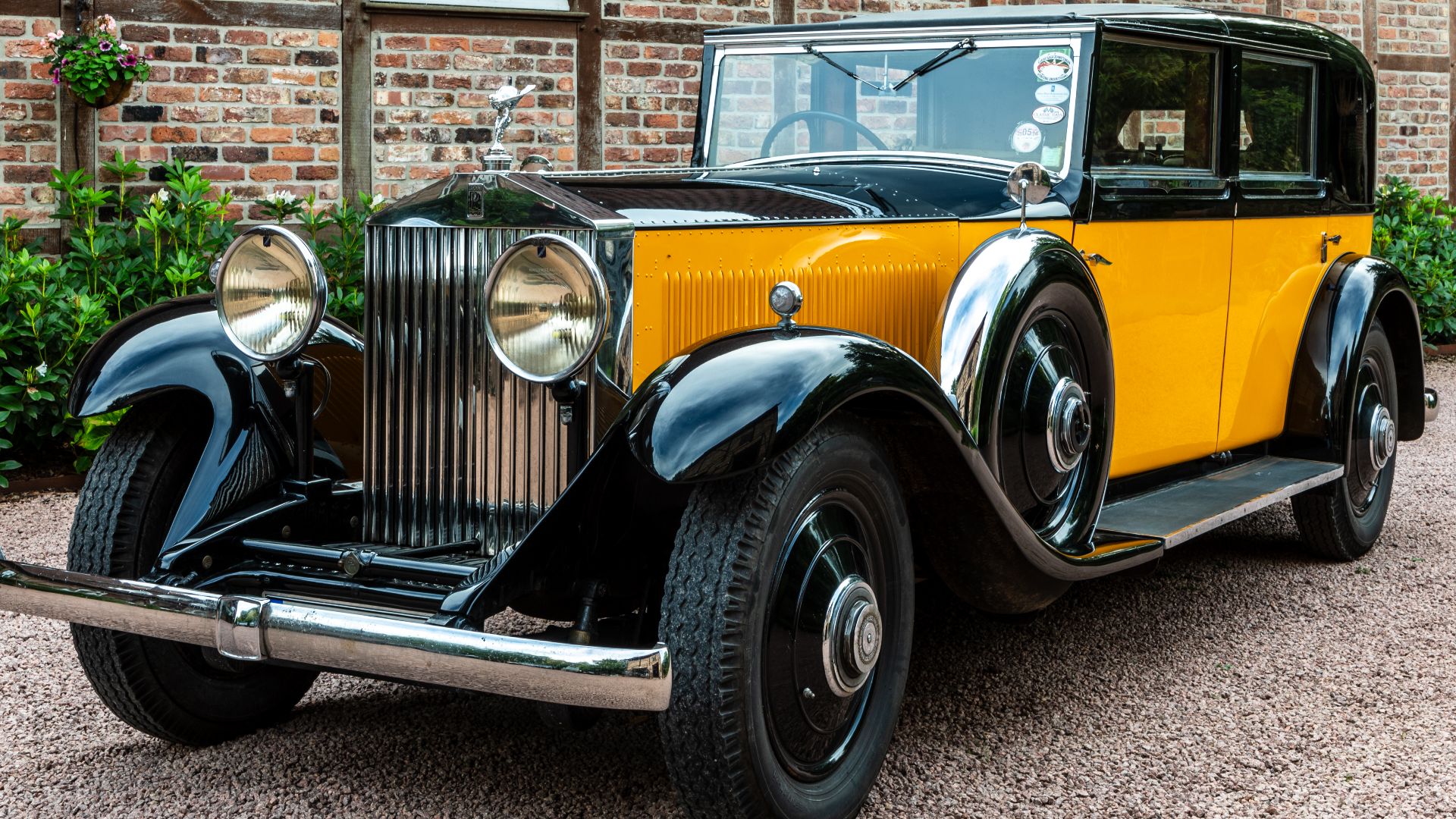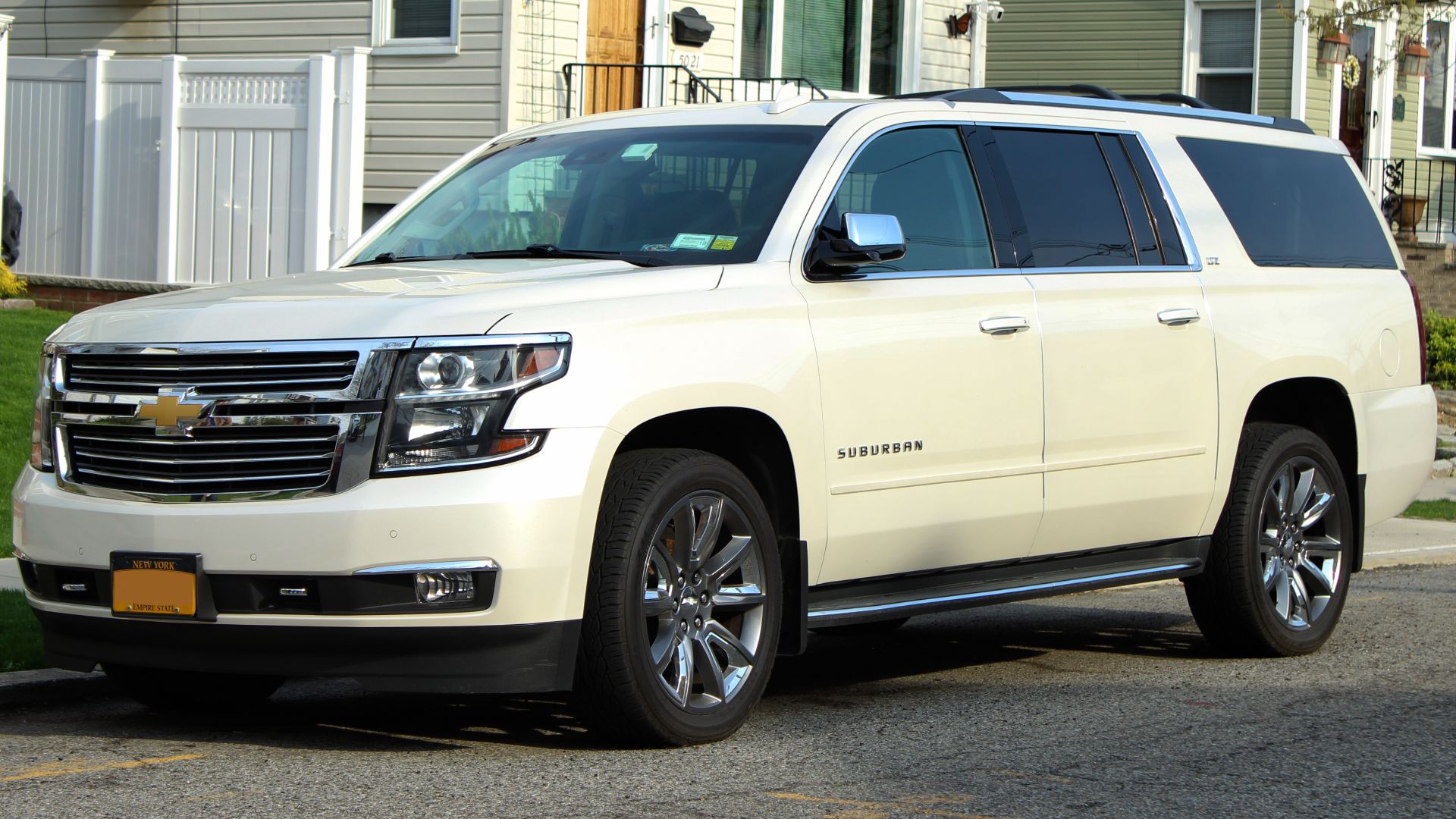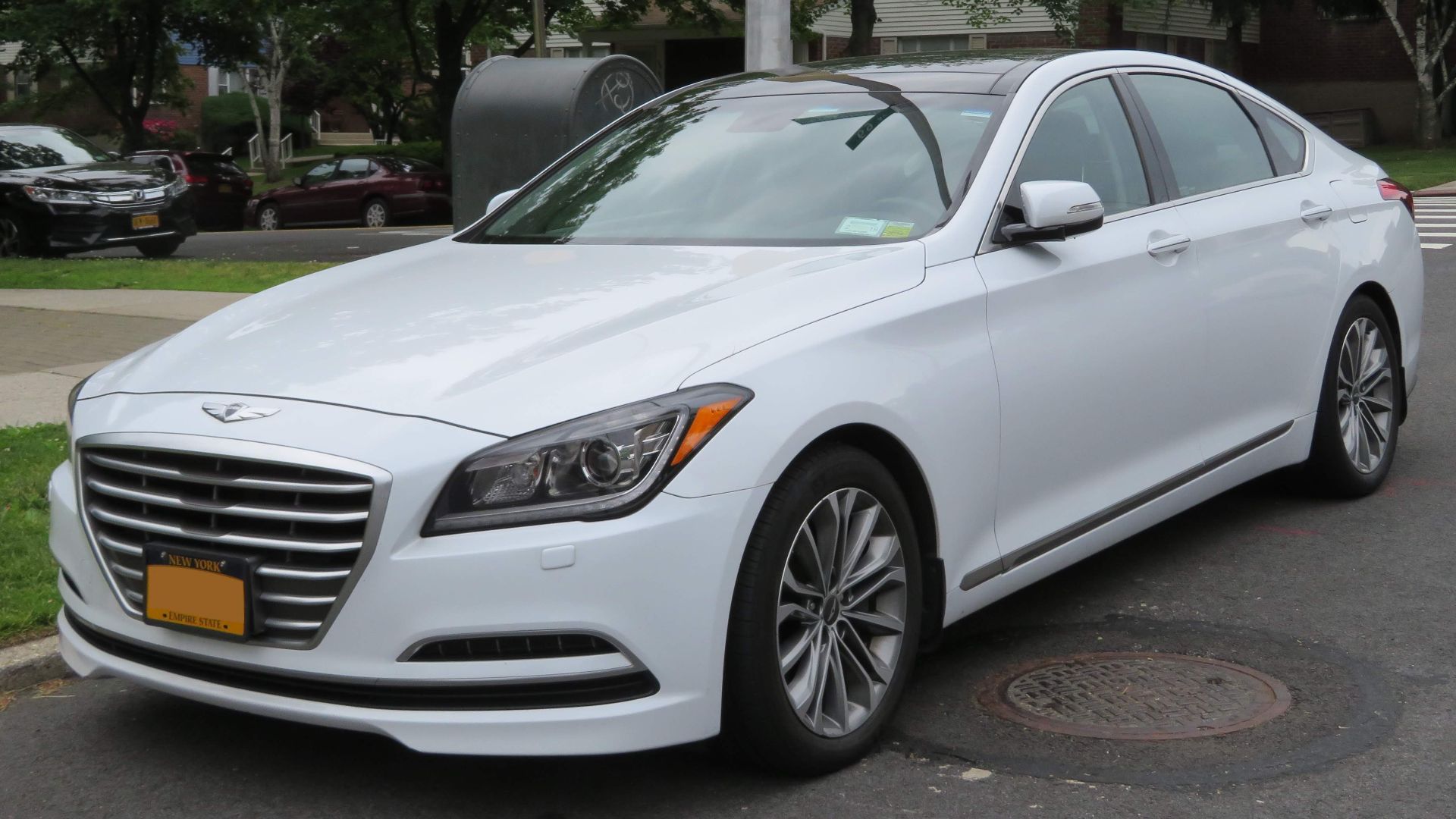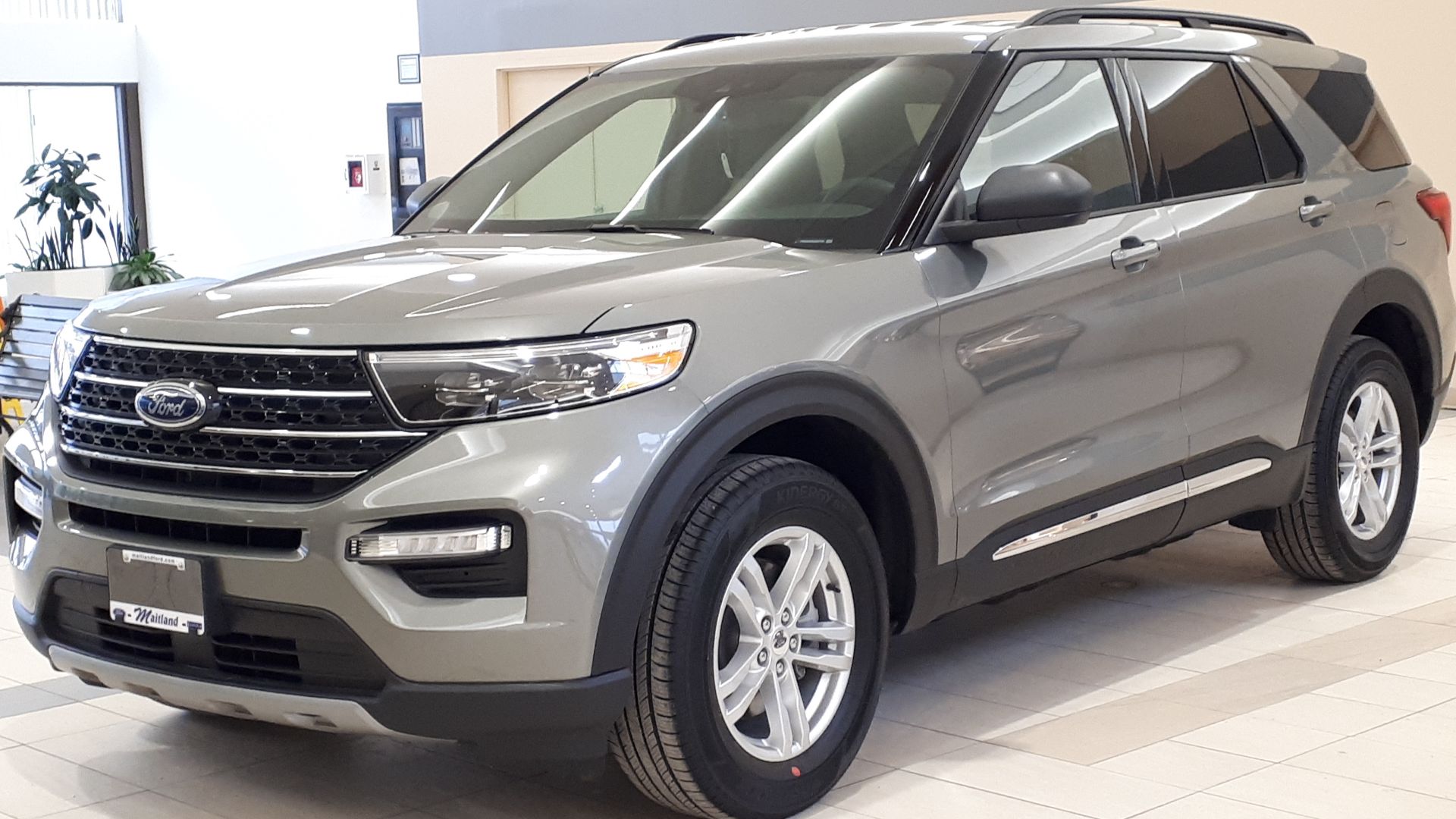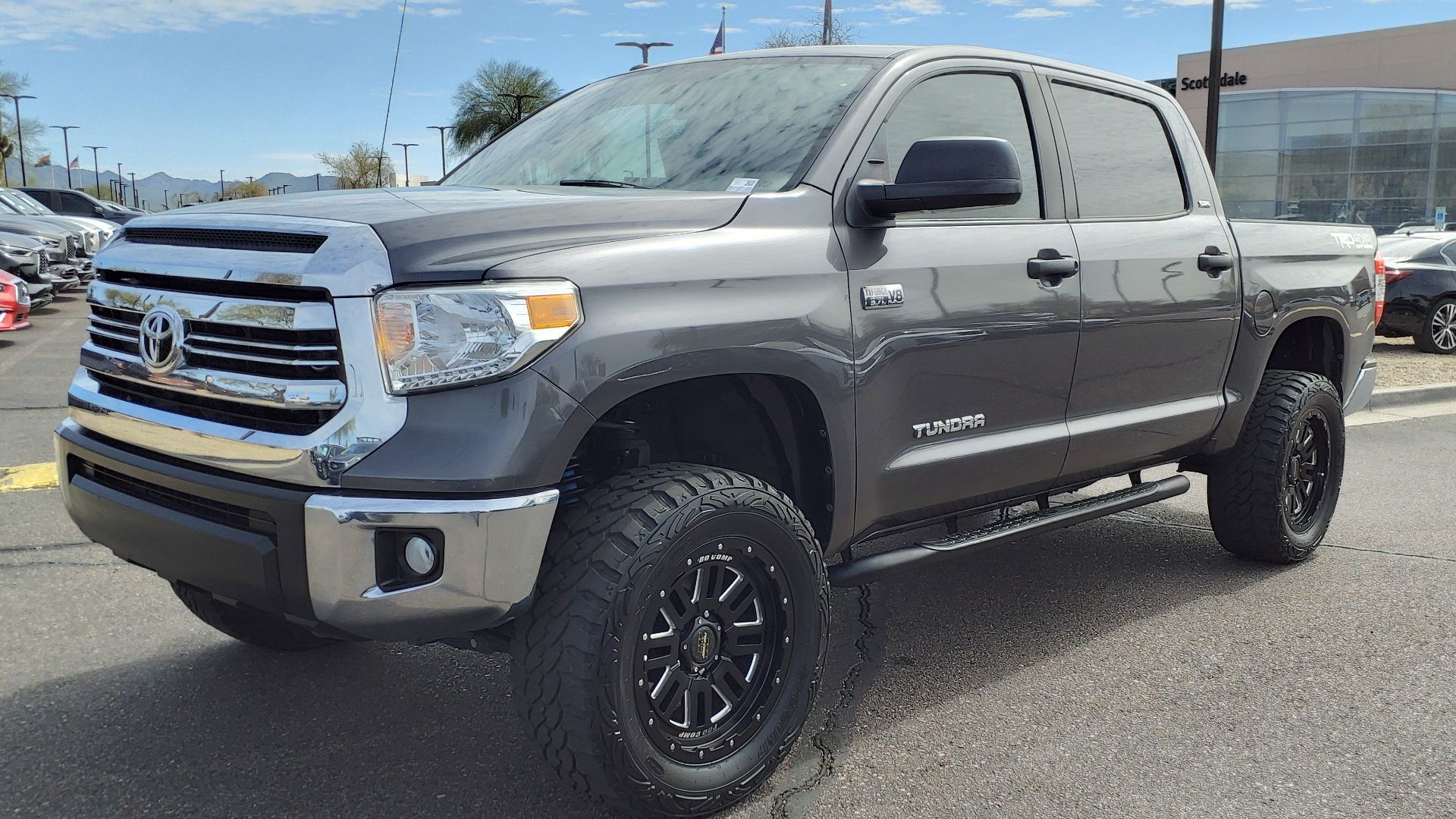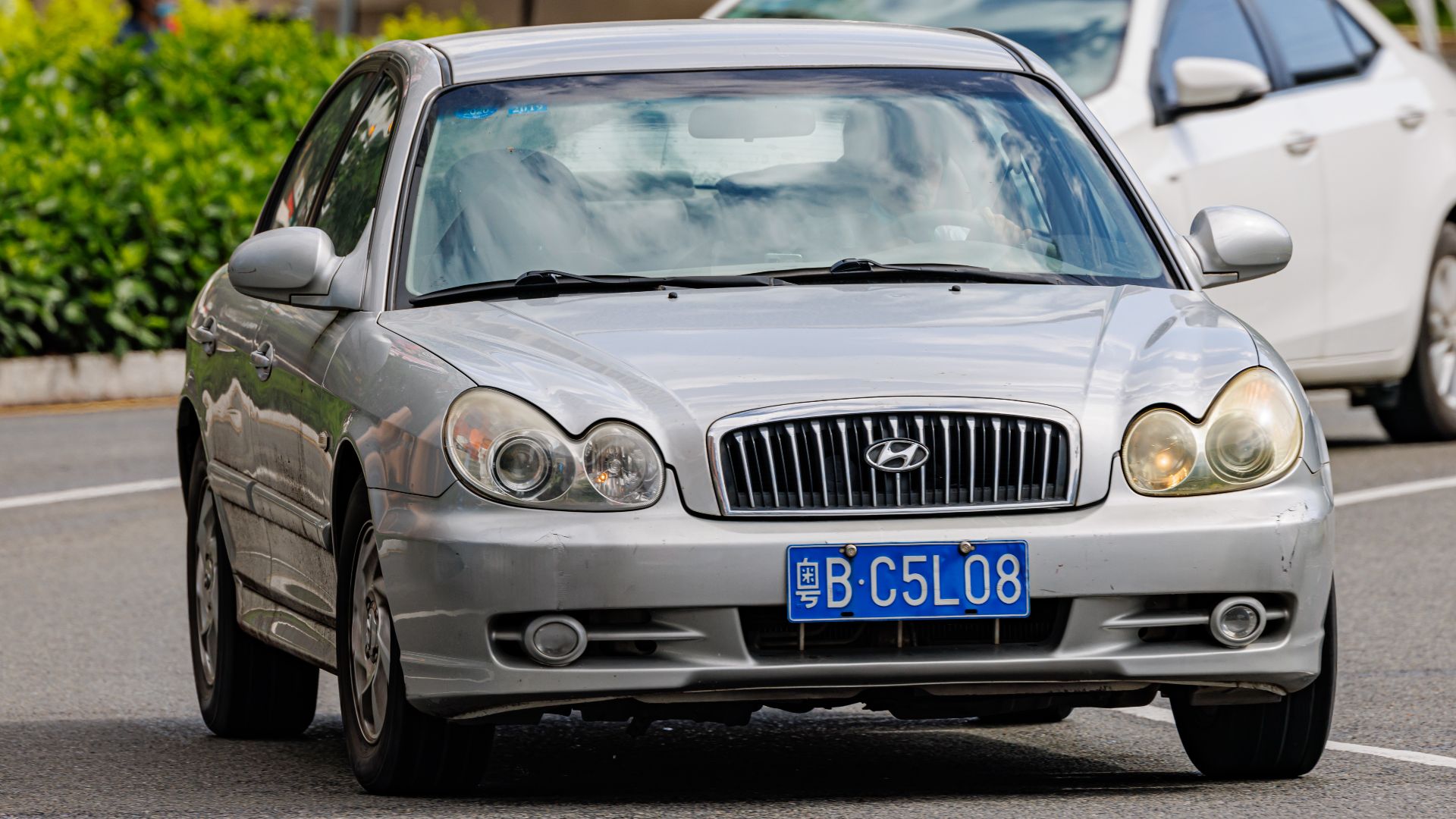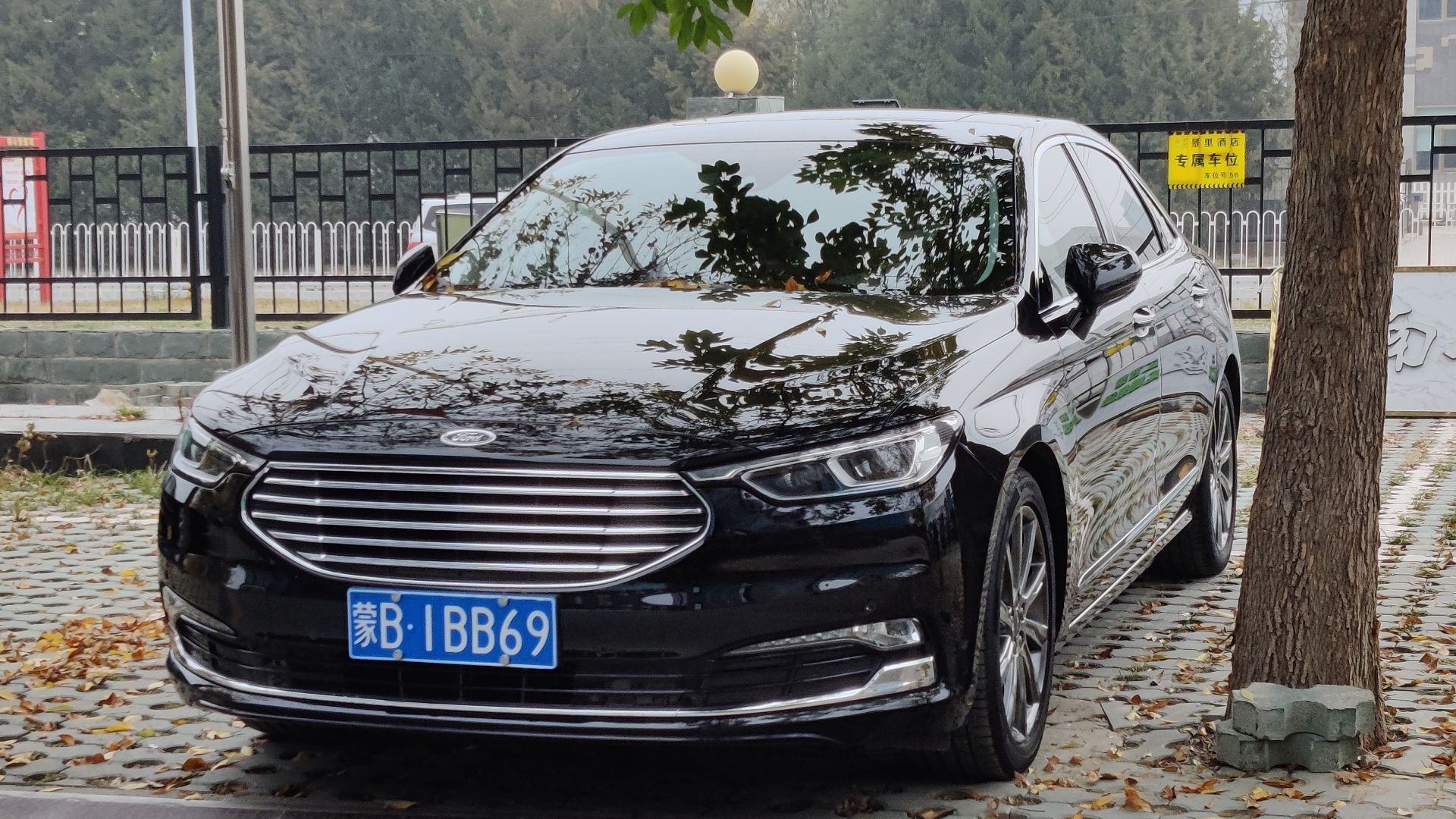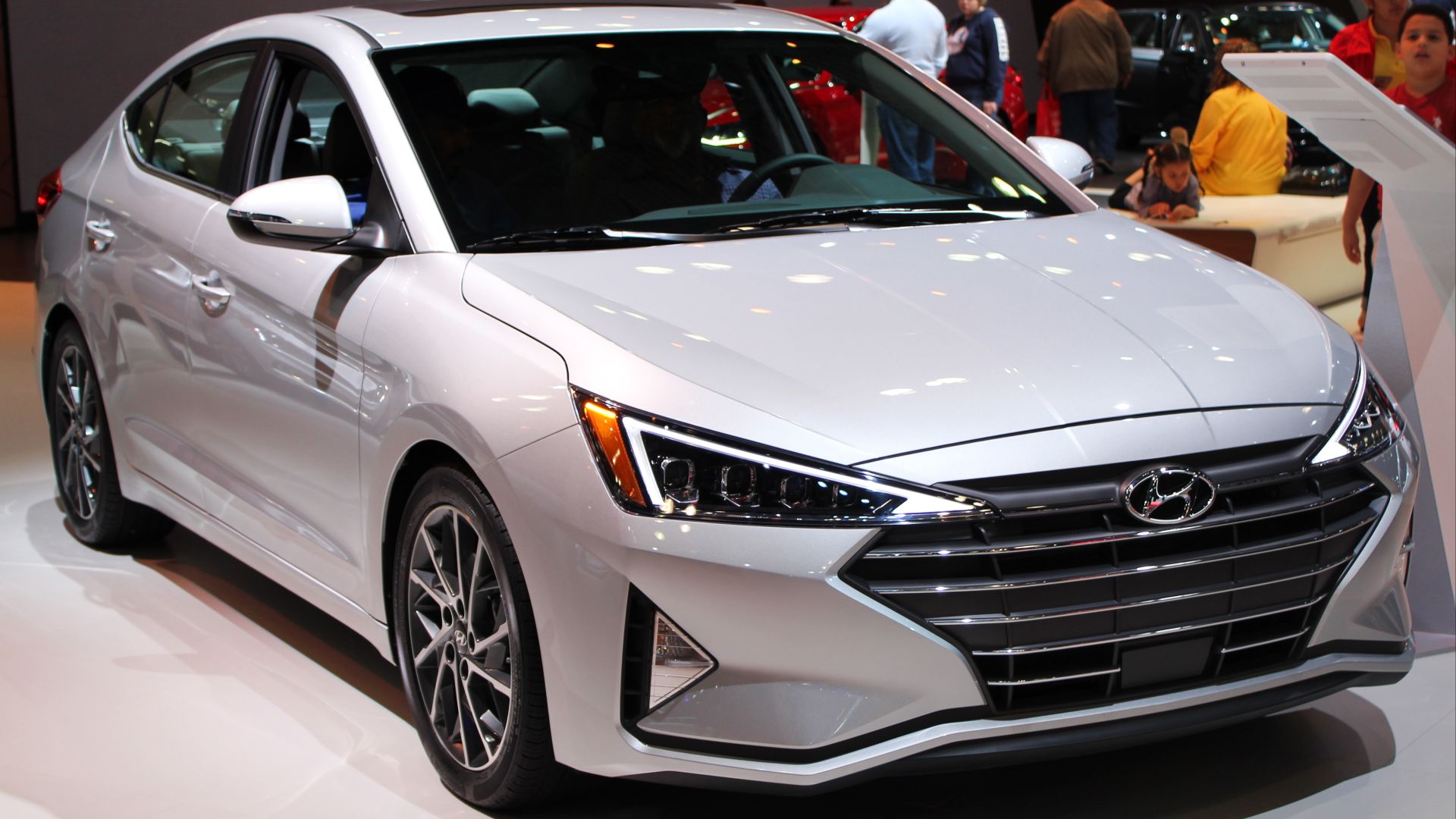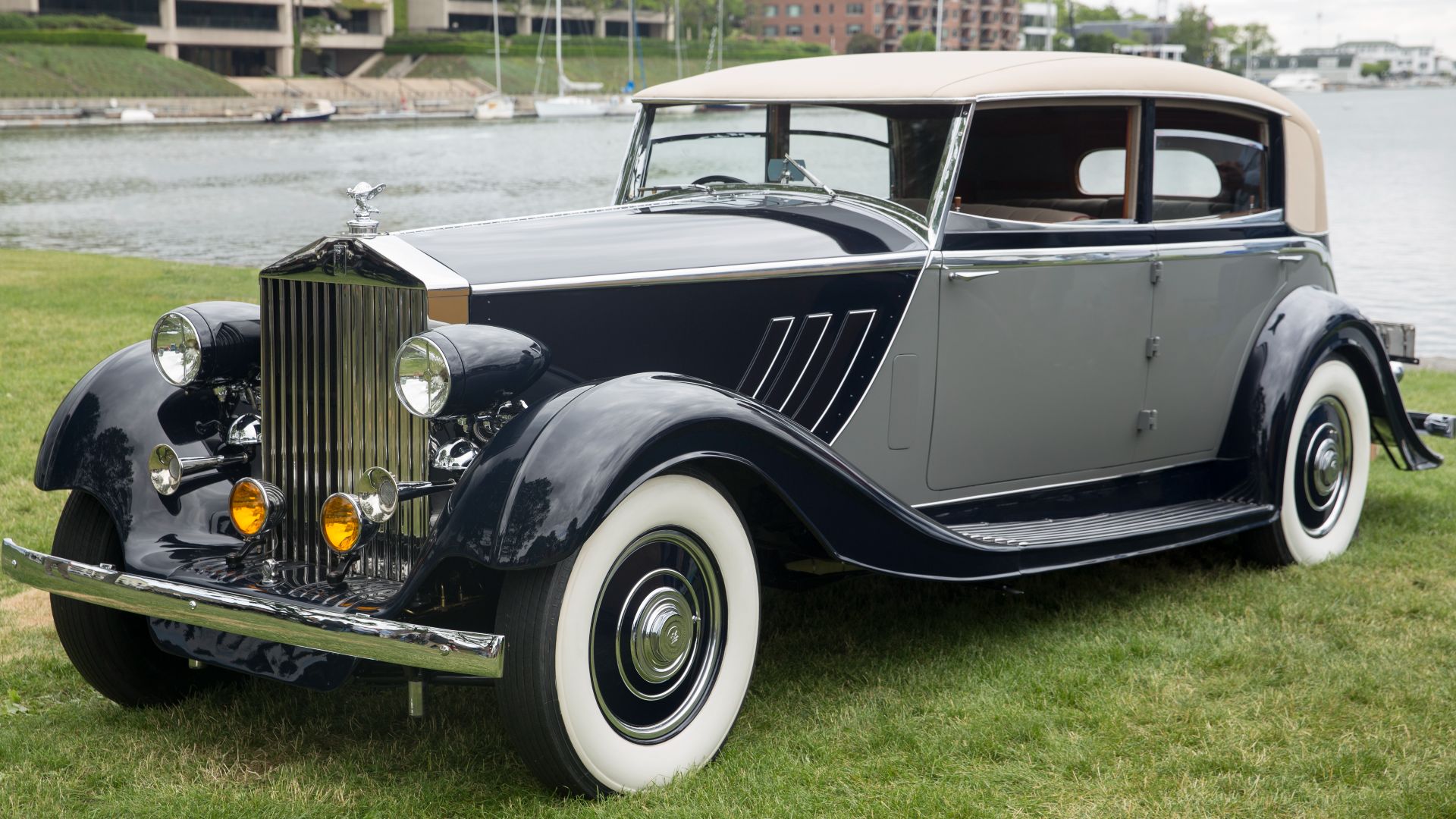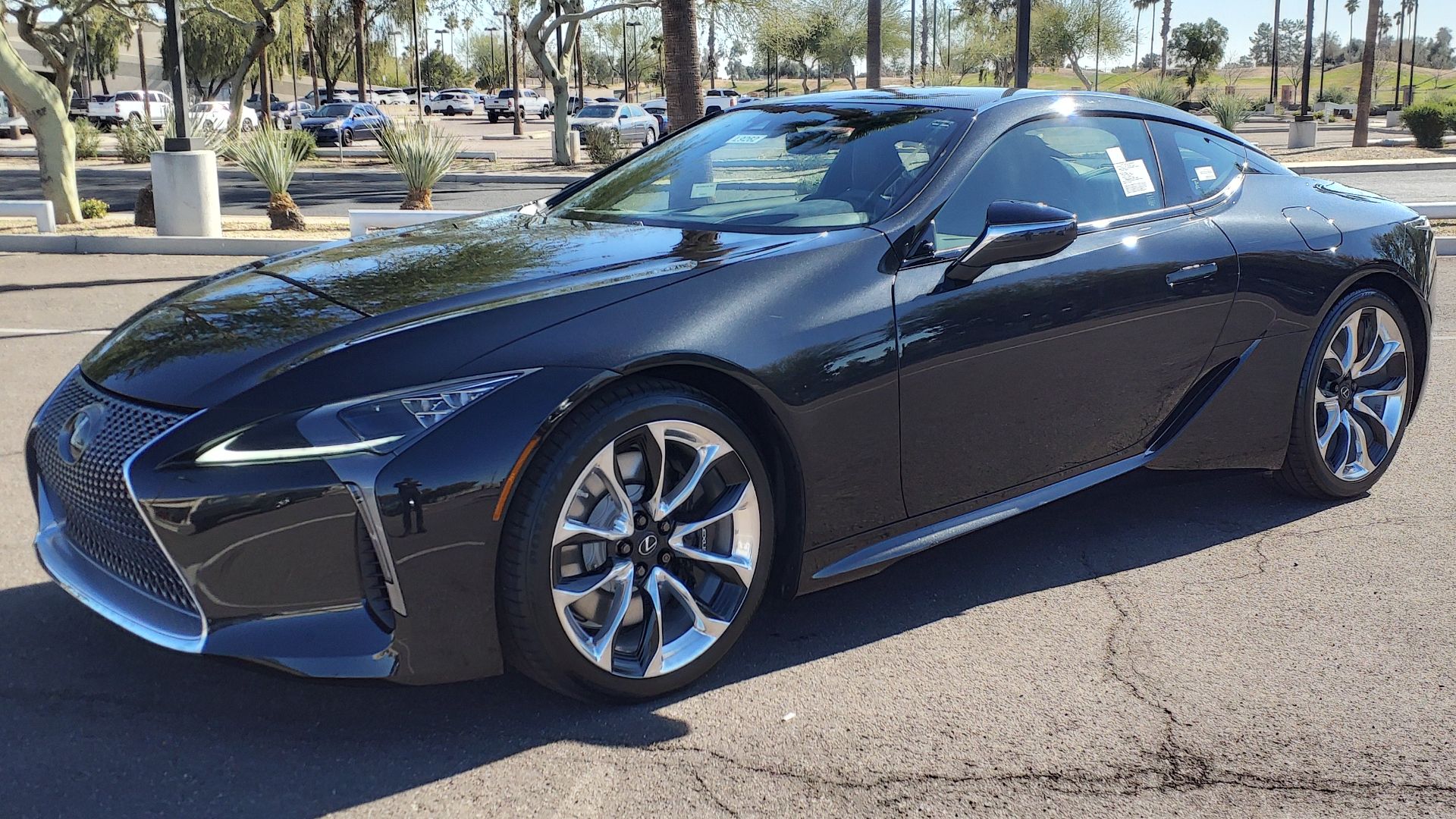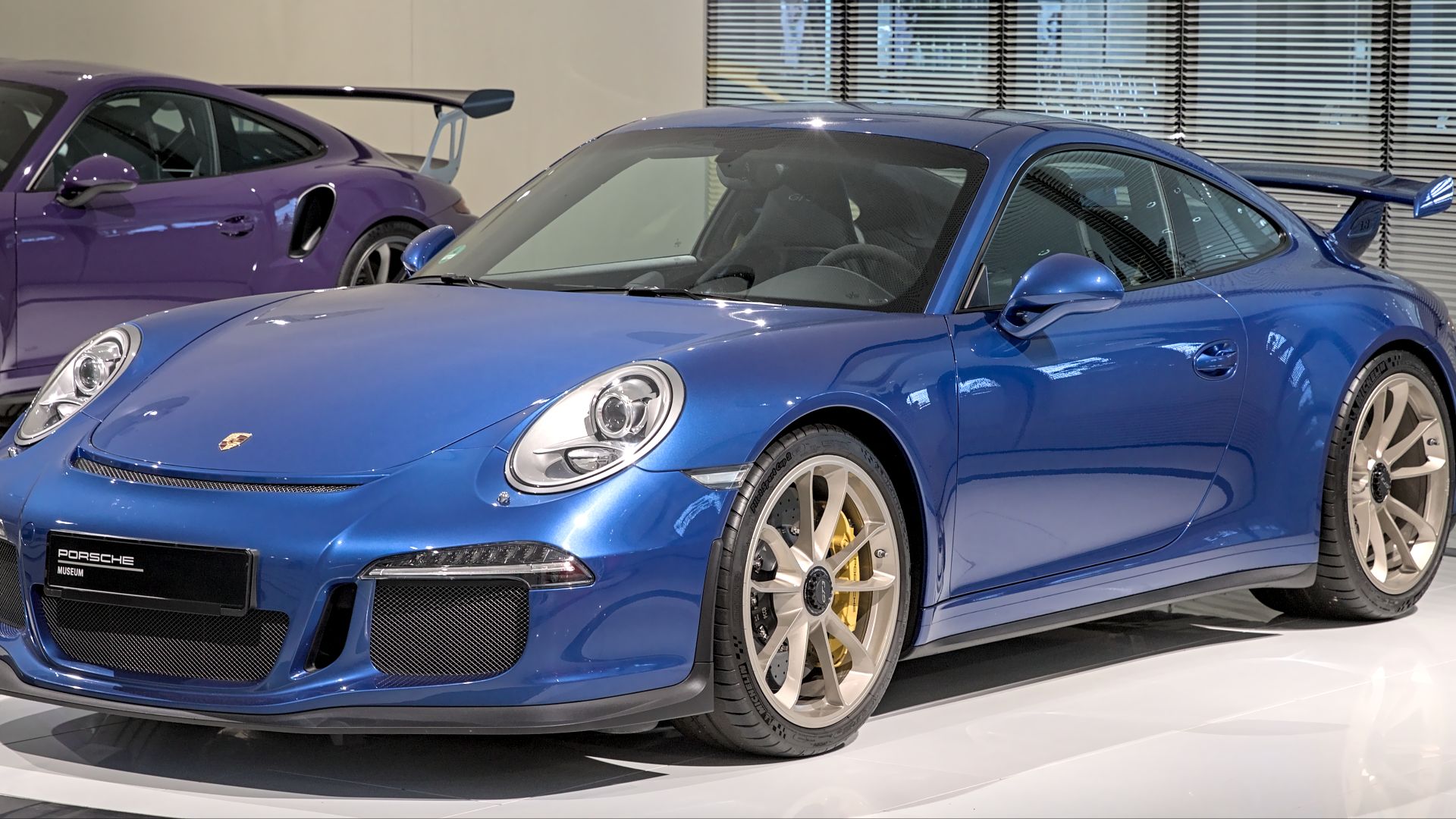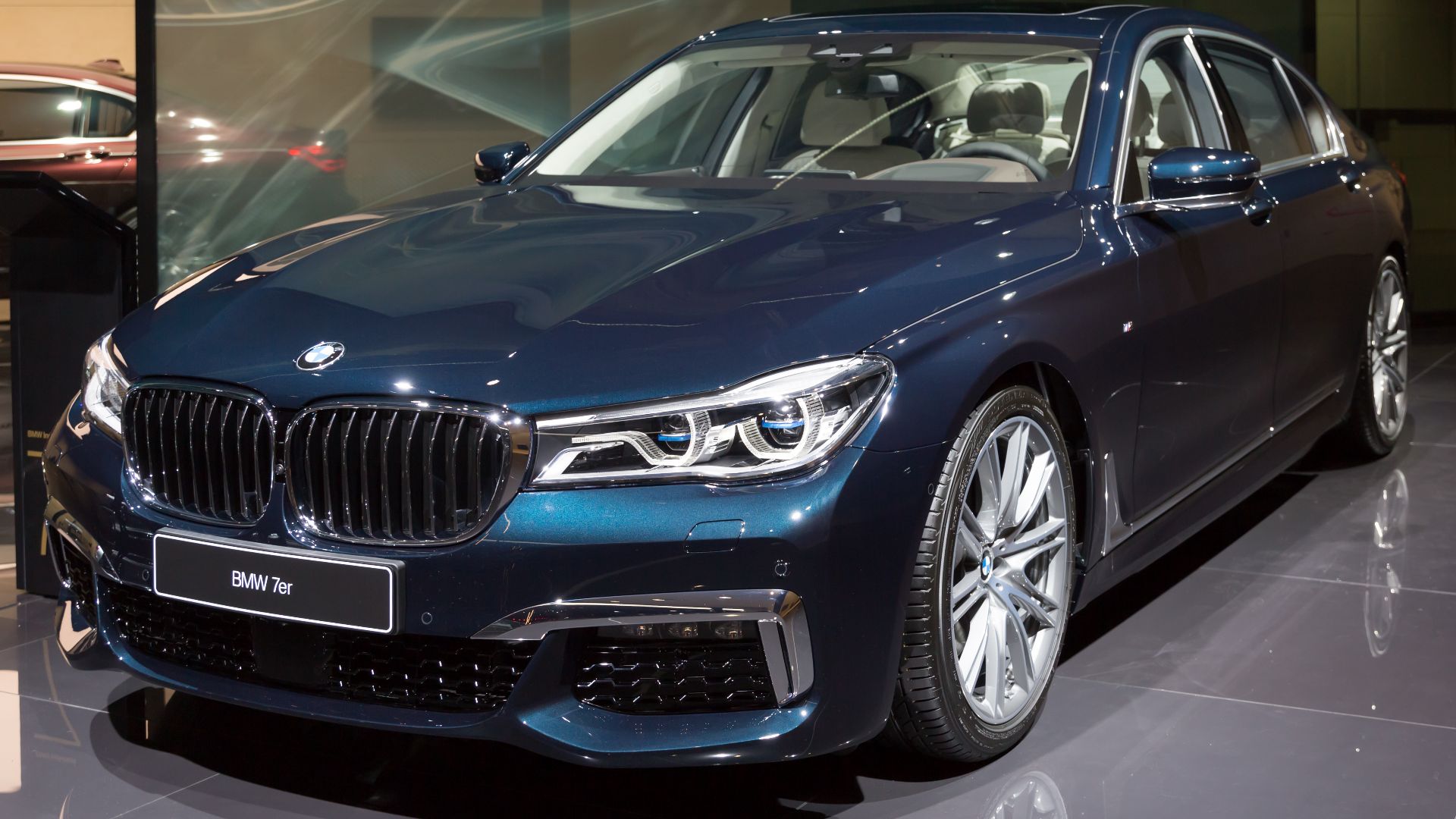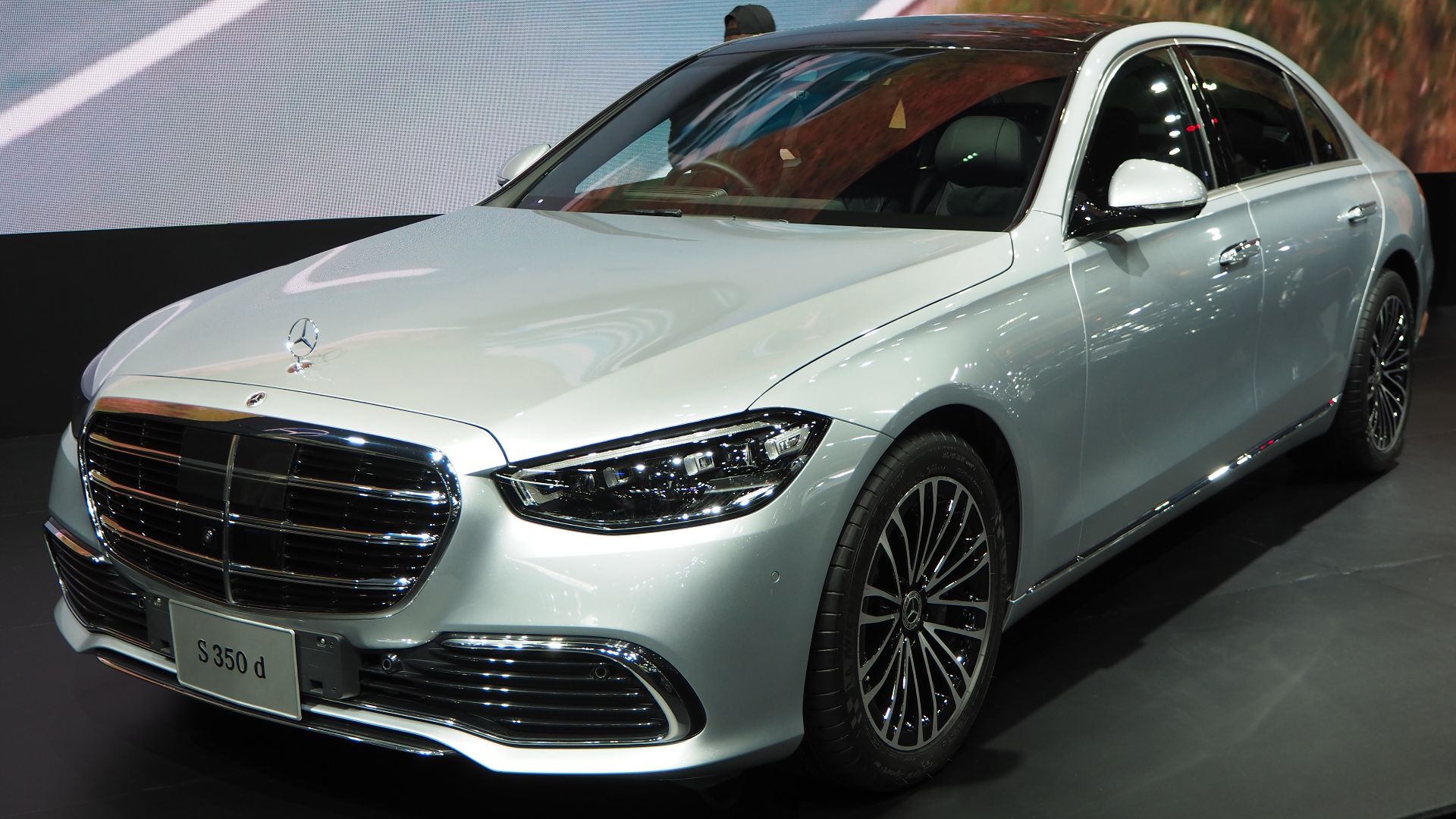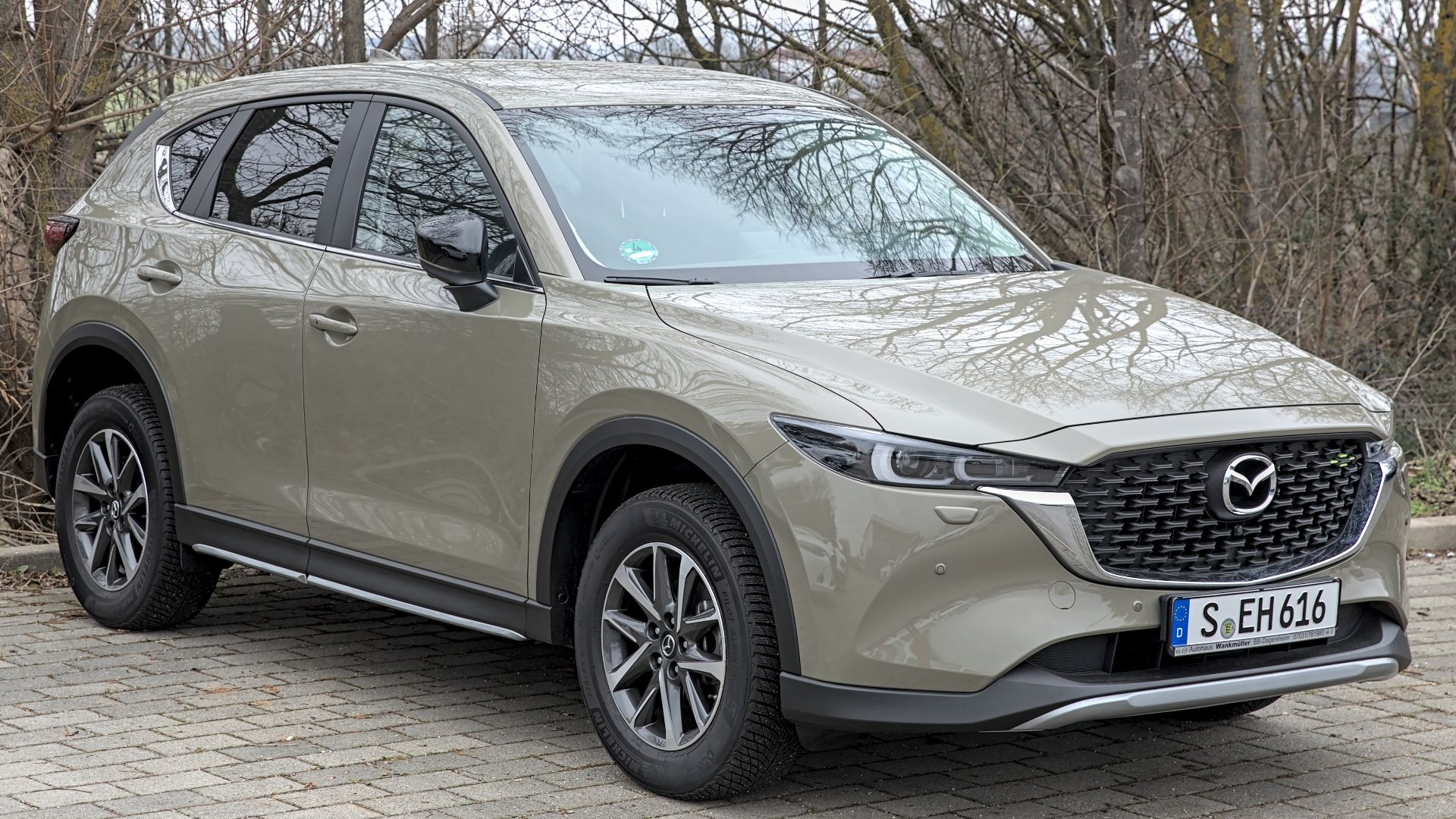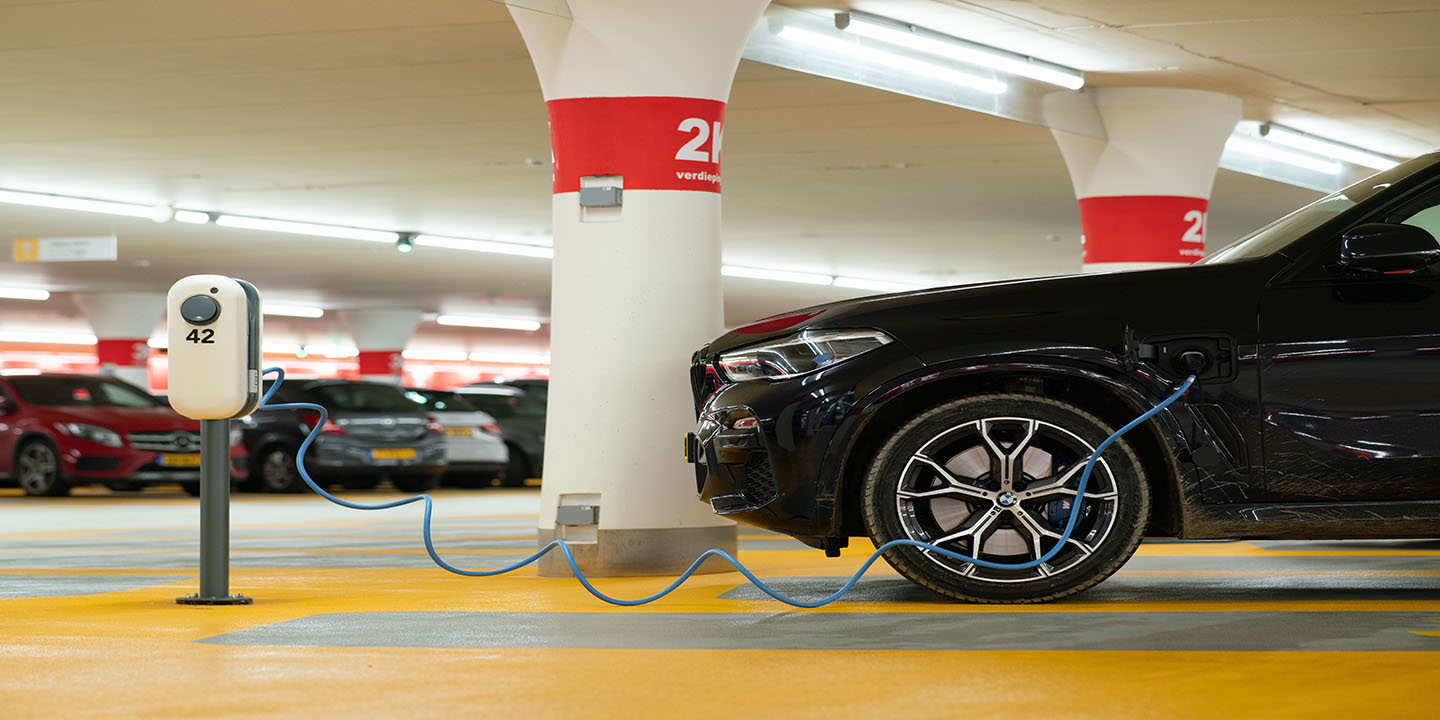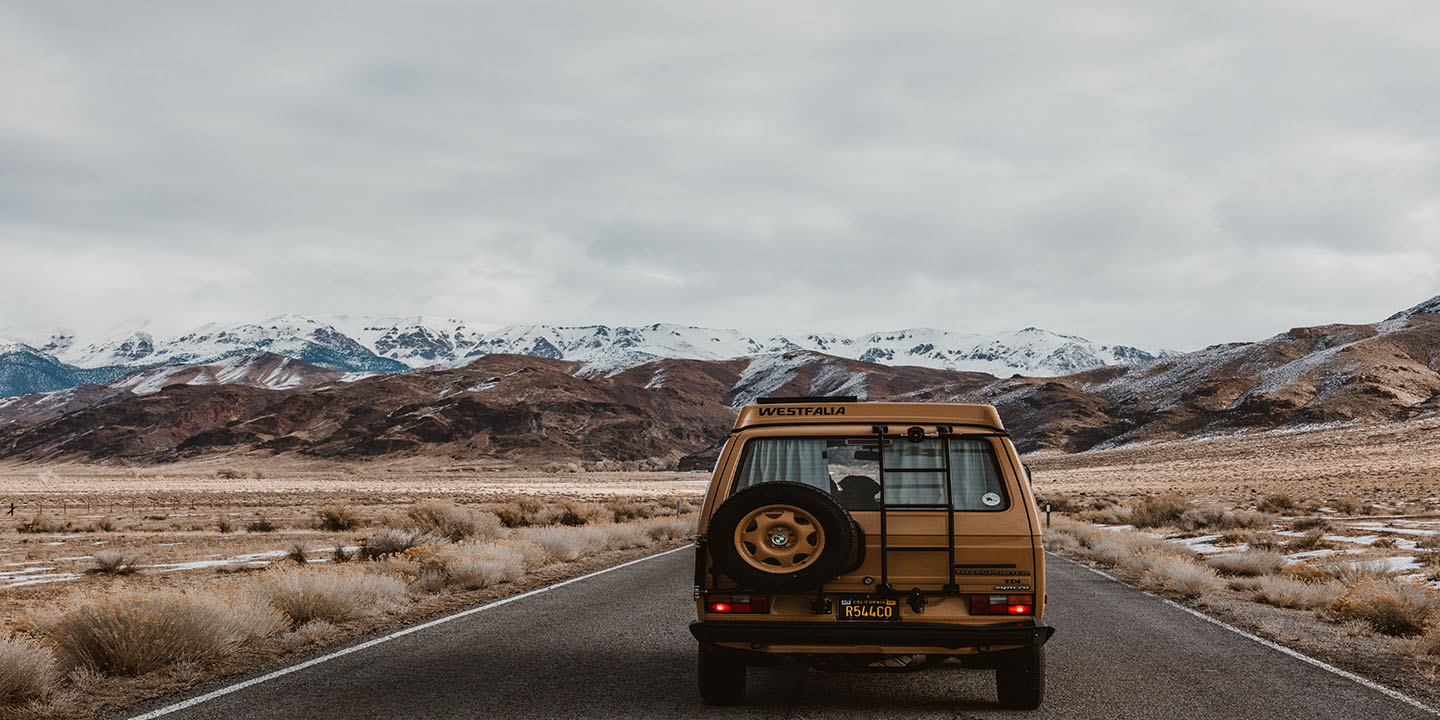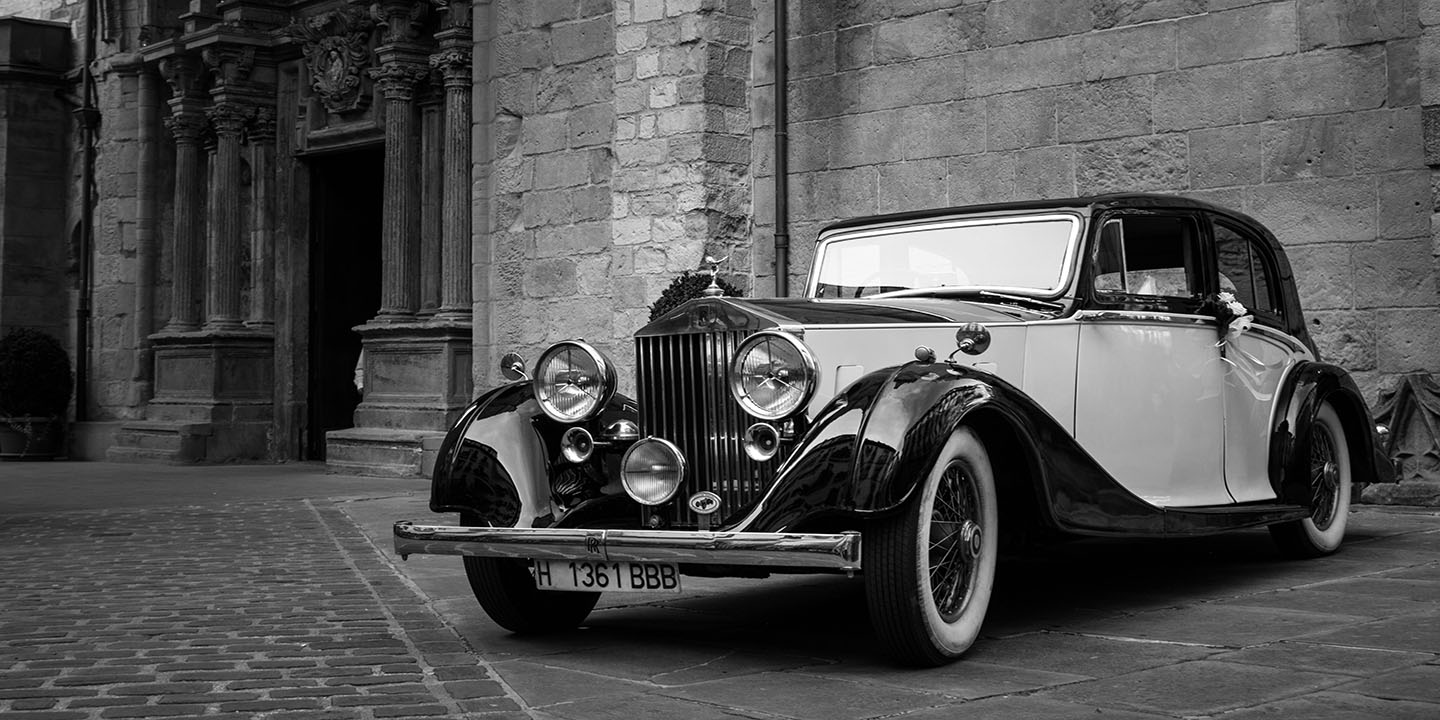Lasting Shine Versus Fading Quality
A glossy showroom finish doesn’t always guarantee long-term durability. Some cars start shedding their shine far too soon—think peeling, bubbling, and fading paint that turns heads for the wrong reasons. Others boast finishes that endure the elements for years without a hitch. Based on owner experiences and expert observations, we’re spotlighting the cars that impress with long-lasting paint jobs—and those that fall flat. Let’s start with the ones that disappoint.
1. Chevrolet Suburban
When the 2015–2016 Suburban rolled off assembly lines, few predicted its paint would become its Achilles' heel. Owners soon discovered alarming issues with peeling and chipping, particularly on the hood and roof surfaces. Then, GM forums also started filing complaints about paint flaking off on sheets.
2. Hyundai Genesis
The premium Genesis sedan of 2015 caught everyone's attention with its luxury aspirations, but its paint had other plans. Within two years of ownership, many drivers noticed extensive fading and peeling around wheel wells and door edges. Hyundai acknowledged these issues internally, though public statements remained limited.
3. Ford Explorer
Paint bubbling became the unexpected companion for Explorer drivers between 2014 and 2020. The problem stems from Ford's aluminum body panel construction, which creates unique electrochemical reactions with the paint. Investigation revealed improper primer application at manufacturing plants.
4. Toyota Tundra
Despite Toyota's stellar reputation for reliability, the 2022–2023 Tundra surprised everyone with subpar paint durability. Online forums showed owners finding chips and flaking after minimal driving, particularly in Lunar Rock and Army Green colors. While environmentally friendly, Toyota's transition to water-based paints apparently sacrificed durability.
5. Tesla Model X
Tesla's paint challenges reflect its manufacturing growing pains. The 2018 and 2022 Model X vehicles feature notoriously thin paint applications that crack easily from minor road debris. Industry analysis suggests Tesla's accelerated production schedules may have rushed critical paint-curing processes.
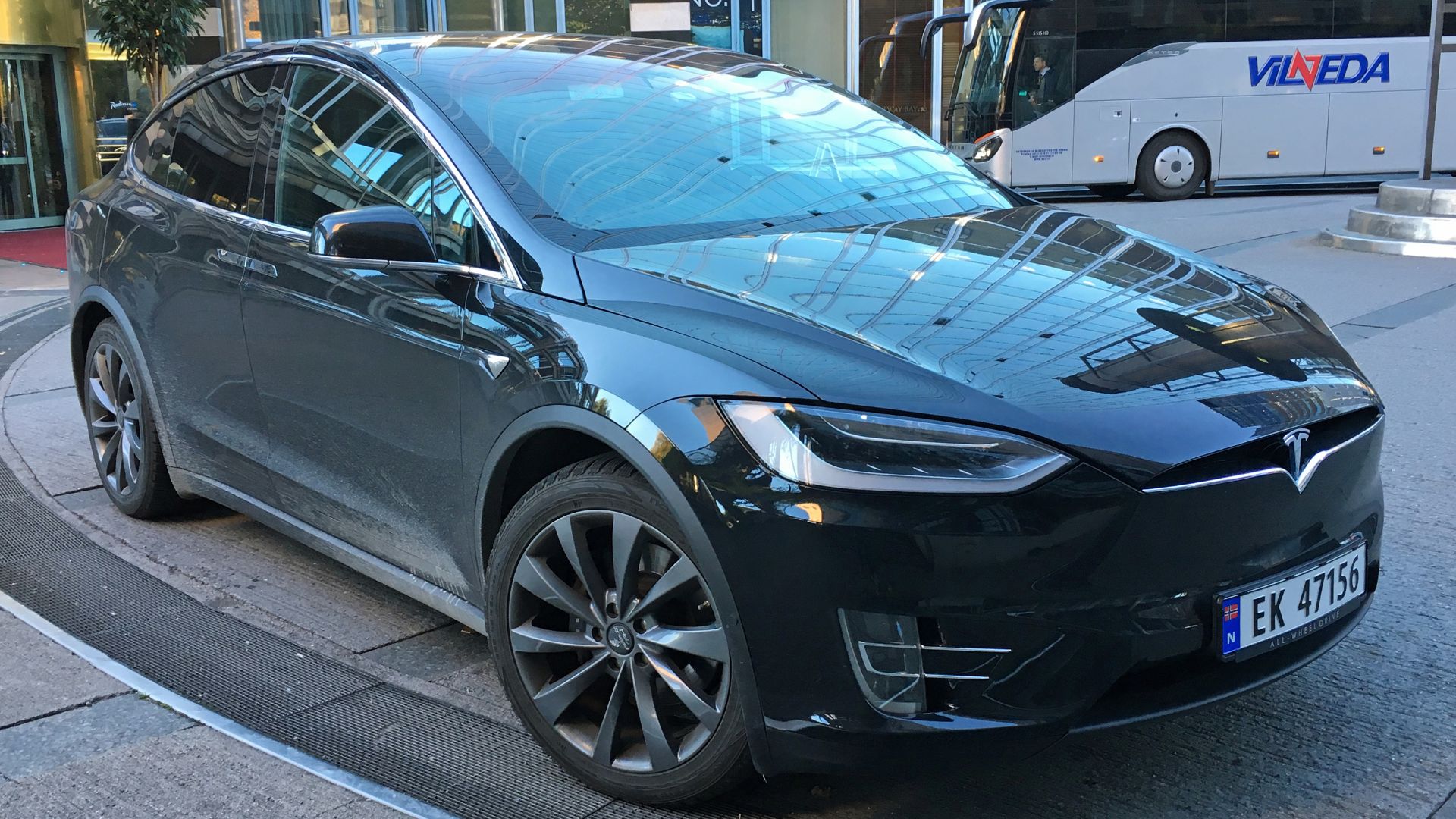 Mariordo (Mario Roberto Durán Ortiz) on Wikimedia
Mariordo (Mario Roberto Durán Ortiz) on Wikimedia
6. Hyundai Sonata
Between 2014–2018, the otherwise reliable Sonata became infamous for its paint issues. Numerous technical service bulletins addressed peeling paint around the hood and roof. The problem escalated in hotter climates, where UV exposure accelerated deterioration. Hyundai eventually extended paint warranties for some affected vehicles.
7. Ford Taurus
Bubbling paint on the 2014 Taurus often signals deeper corrosion issues beneath. Ford's paint supplier changed formulations that year, reducing adhesion to metal surfaces. The rear quarter panels and trunk lid show particular vulnerability to paint failure. Apparently, the problems emerge just as the five-year paint warranty expires.
8. Ford Mustang
America's iconic pony car struggled with paint integrity across multiple years (2014, 2016, 2018, and 2020). The aluminum body panels on these models face paint adhesion challenges compared to steel. Environmental testing also underlines the fact that paint blistering occurs in coastal regions with high salt exposure.
 Johannes Maximilian on Wikimedia
Johannes Maximilian on Wikimedia
9. Hyundai Elantra
The 2014–2019 Hyundai Elantra, known for affordability, faced widespread paint peeling—often starting at panel edges. Shortened drying times between paint layers likely played a role. Hundreds of complaints were lodged with Consumer Reports, catching budget-minded buyers off guard.
10. Mercedes-Benz GLK
Even luxury brands aren't immune to paint issues. The 2014–2015 GLK models experienced widespread clear coat peeling, especially on horizontal surfaces. Mercedes' transition to environmentally compliant paint systems during this production period had unintended consequences. Professional detailers report that the coating thickness on these models measures comparatively thinner.
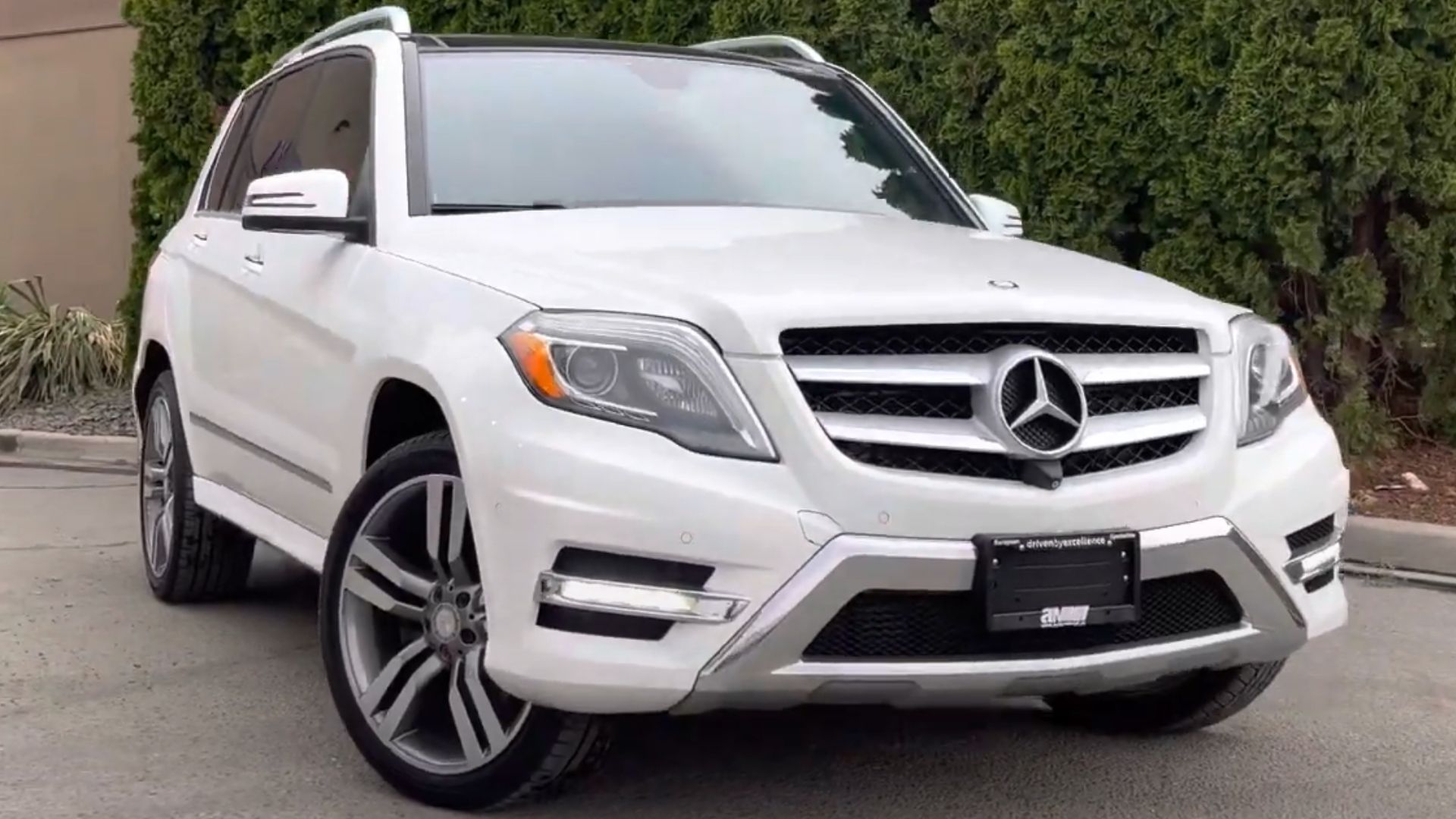 2015 MERCEDES-BENZ GLK-CLASS GLK 250 BLUETEC 4MATIC, NEW TIRES, NO ACCIDENTS - 1758 by Auto Market
2015 MERCEDES-BENZ GLK-CLASS GLK 250 BLUETEC 4MATIC, NEW TIRES, NO ACCIDENTS - 1758 by Auto Market
Well, now it's time to shift our focus from the disappointing to the exceptional, examining the industry's gold standards for paint quality.
1. Rolls-Royce Phantom
Rolls-Royce employs dedicated paint specialists who spend up to seven days on each Phantom. The process involves five layers of paint and a clear coat, hand-sanded between applications for perfect smoothness. Their bespoke program offers unlimited color options. One customer even famously commissioned a shade matched to their favorite flower.
2. Lexus LC 500
The Structural Blue on the LC 500 contains no actual blue pigment. Instead, it uses specialized nano-structures that reflect only blue light waves. Lexus technicians apply 15 separate layers of paint through a process that takes 12 hours per vehicle. As per reports, each panel is wet-sanded by hand between coats.
3. Porsche 911
Porsche's Zuffenhausen paint shop invented robotic paint technology, which applies precisely 10 milligrams of paint per square centimeter with a 1% variation. Curing ovens that run at 392°F (200°C) produce chemical bonds that are stronger than those seen in other industries. This accounts for their well-known endurance.
4. BMW 7 Series
That exceptional depth in BMW's paint comes from their "three-wet" painting process that allows layers to bond at a molecular level. Each 7 Series receives an electrostatic charge during painting, ensuring microscopic particles are distributed across every curve. BMW incorporates self-healing resins that flow into minor scratches when heated by sunlight.
5. Audi A8
Detailed thermal imaging guides this brand’s paint application on the A8, confirming uniform thickness within 2 microns. Their pioneering aluminum body treatment includes zirconium pre-coating that crafts superior paint adhesion. Audi's paint contains specialized ceramic particles that provide exceptional resistance to stone chips.
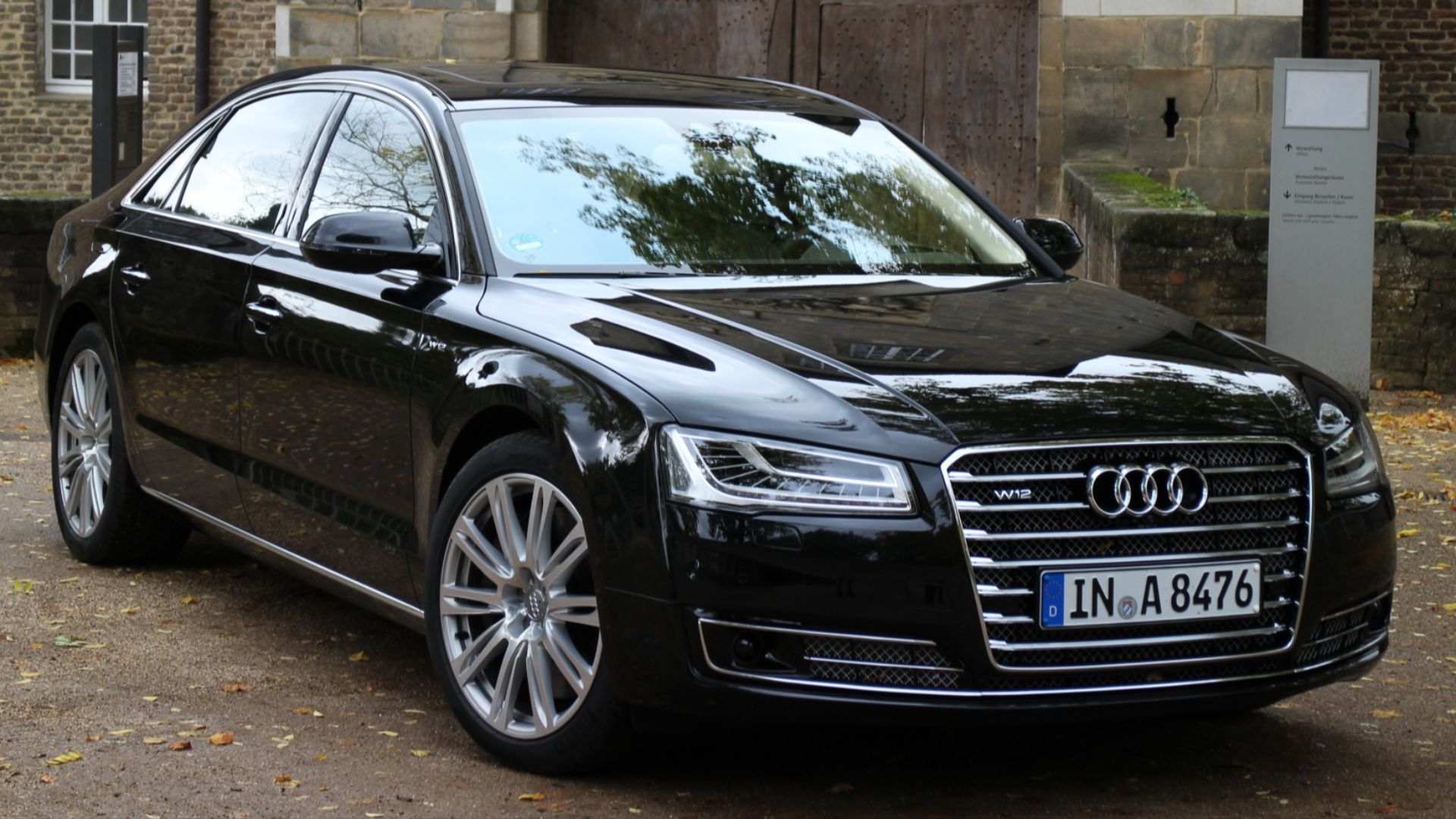 Robert Basic from Germany on Wikimedia
Robert Basic from Germany on Wikimedia
6. Mercedes-Benz S-Class
Each S-Class is put through nine different paint quality examinations at Mercedes' Sindelfingen facility utilizing laser reflection technology. Bird droppings and tree sap, which usually etch traditional finishes, are not able to penetrate their ceramic-infused layer. Synthetic diamond particles are added to the paint formulation for unparalleled scratch resistance and hardness.
7. Mazda CX-5
Mazda's signature Soul Red Crystal contains aluminum flakes positioned at precise angles to create light reflection comparable to gems. Their Takuminuri painting technology translates to "paint by master craftsman," using a three-stage process. Mazda paint specialists literally train for 8,000 hours before certification!
8. Tesla Model S
After facing earlier paint complaints on other models, Tesla stepped up its game with the Model S. The latest versions benefit from advanced electrodeposition and a water-based primer that boosts adhesion by 30% while staying eco-friendly. At its California factory, spectrophotometers ensure color consistency within 0.2 delta units—virtually flawless to the human eye.
9. Jaguar F-Type
Jaguar gives the F-Type some serious paint pampering. Its aluminum body gets a plasma electrolysis treatment for stronger bonding, and the paint itself flexes with temperature changes to avoid cracking. Each one spends 360 minutes in the paint shop—twice the norm.
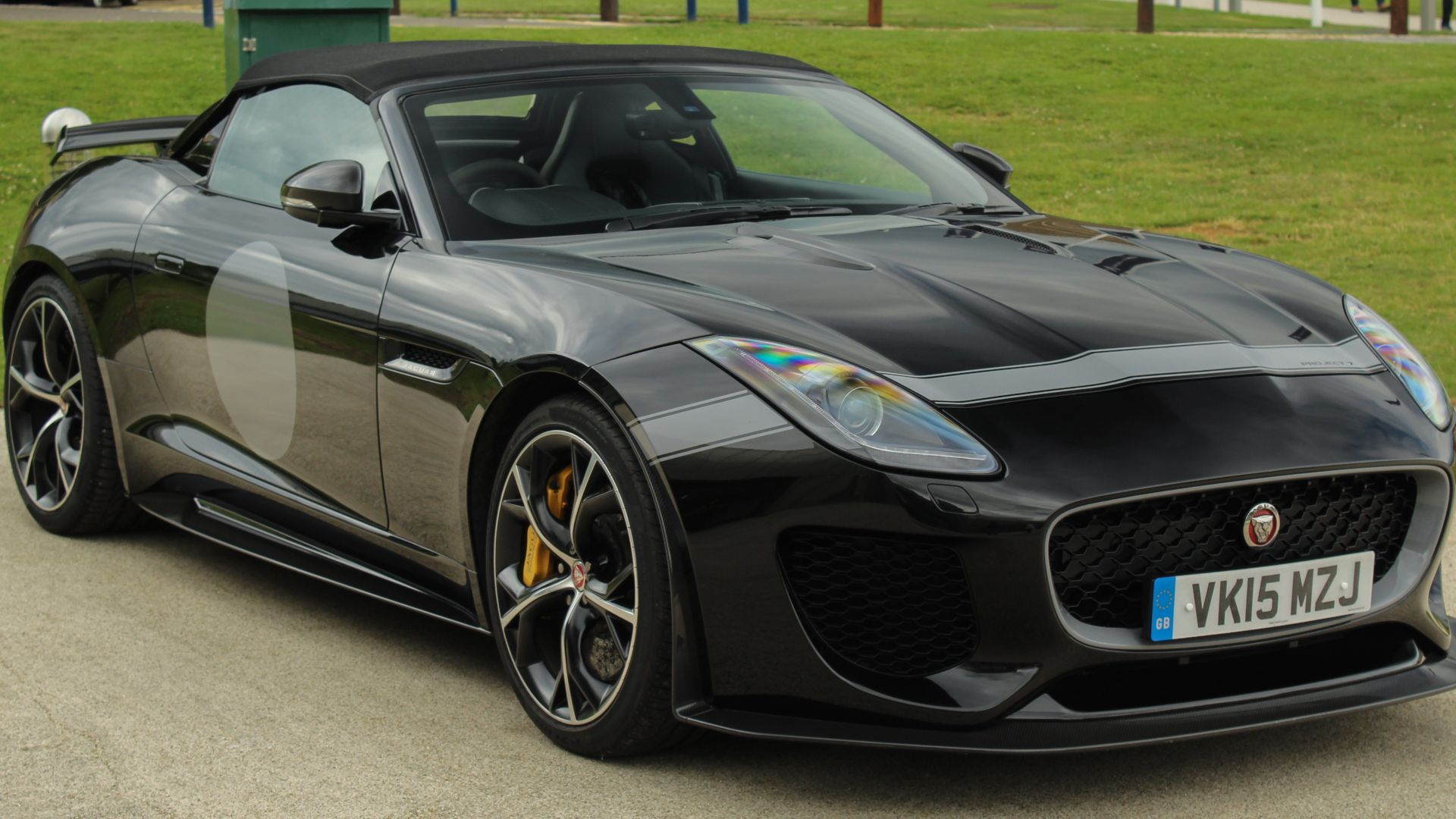 The Essex car spotter on Wikimedia
The Essex car spotter on Wikimedia
10. Volvo XC90
At Volvo's Torslanda factory, a charged primer attracts paint particles for near-zero overspray. Their UV-resistant coating helps prevent interior fading from harsh sunlight. Each car is tested with pH-balanced artificial rain for durability.


